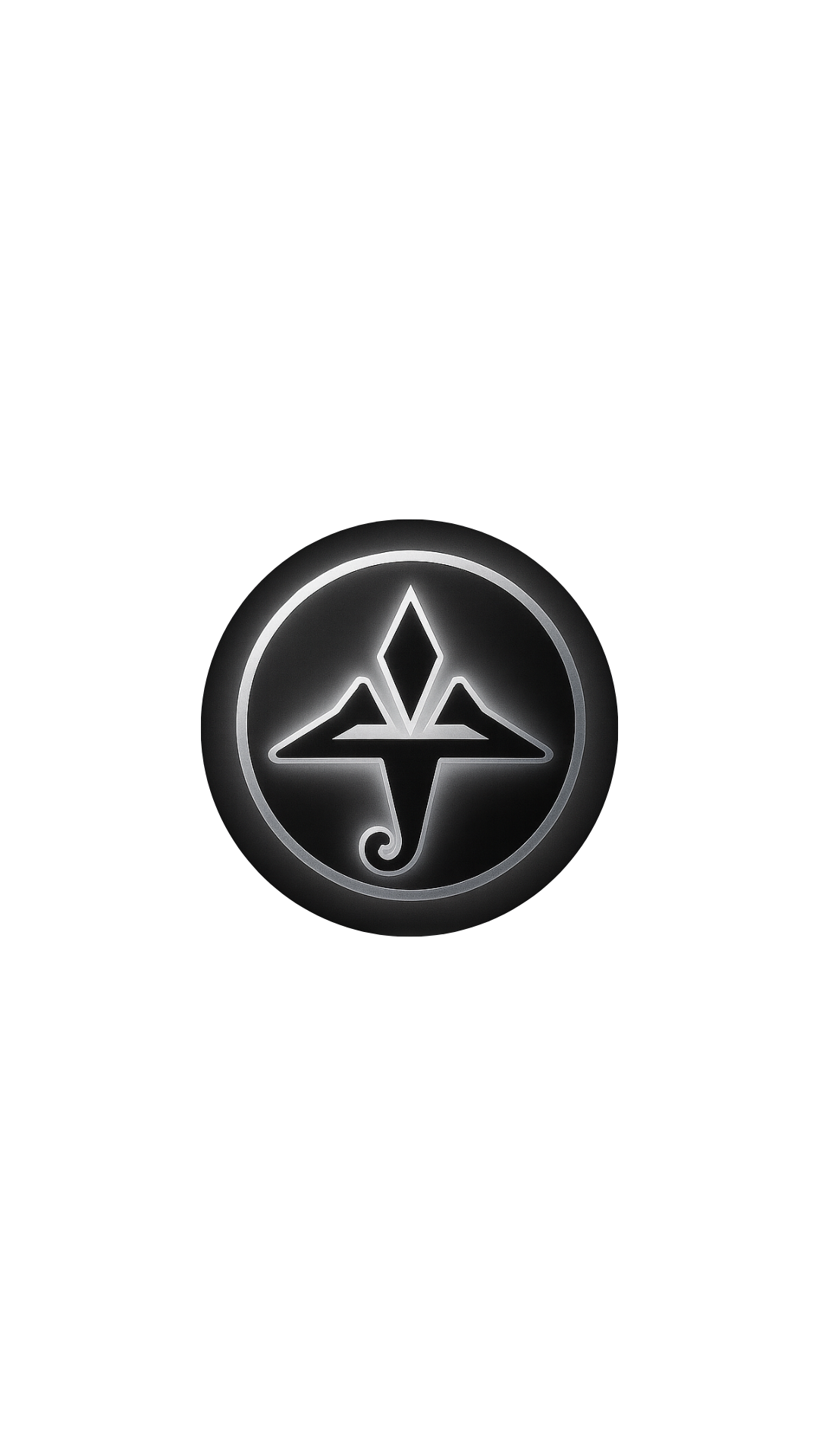Your Mood = Mitochondrial
- ENFIITY LABS.

- Sep 26
- 1 min read
The cellular energy connection that changes how you see emotions.

The Discovery
Your mood isn't only in your mind — it's in your cells as well. Inside your 37 trillion cells live mitochondria, microscopic engines that generate the energy life runs on. They fuel movement, memory, and every emotion you've ever felt.
When these engines run strong, you feel alive, clear, and resilient. When they weaken, you feel heavy, anxious, or low. Your emotions reflect your cellular energy more than you realize.
The Science
The Reframe
Fatigue may be cellular starvation, not laziness
Low mood may be energy depletion, not failure
Anxiety may be stressed mitochondria, not just racing thoughts
The Practice (Do This Now)
Step outside.
The Question
Before you judge your emotions, pause and ask:
"How bright is my cellular fire today?" Then tend to it.
This prompt is not the destination — it is one spark in a greater sequence, a step designed to carry you toward your highest evolution.
“For 7 days, fuel your fire daily with movement, light, breath. Record your mood. Watch your energy change.”
Note
For persistent or severe mood difficulties, cellular support works alongside professional help, not instead of it.



Comments